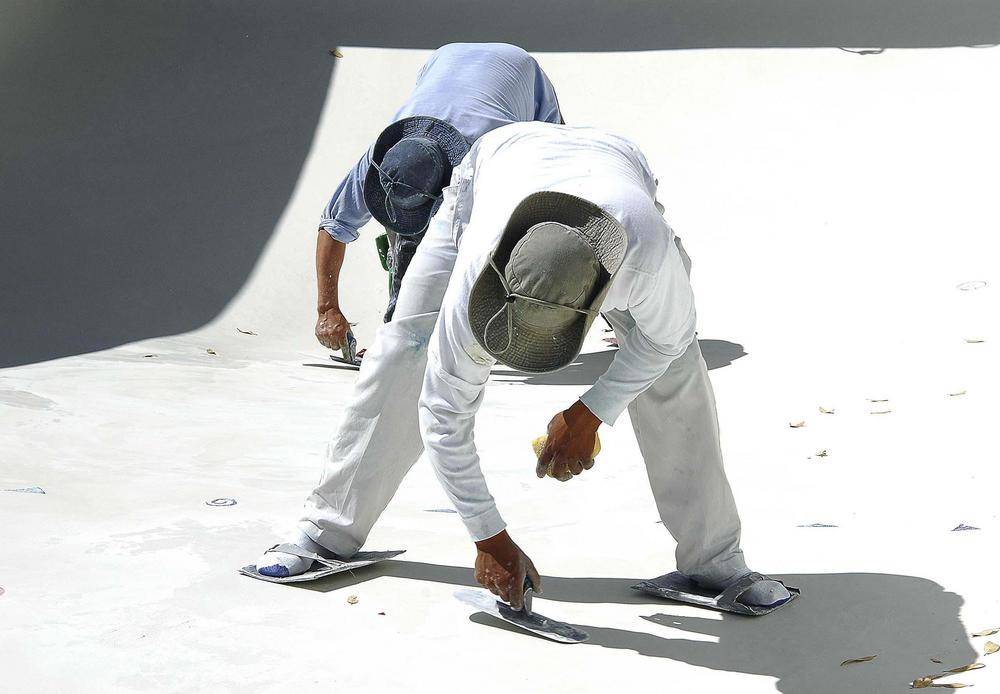tldr: If using 3” tablets through an auto chlorinator, when self testing the water, if my CYA is at a good level can I just add liquid chlorine safely to the body of water?
Good evening everyone, I have been lurking here and reading, reading, reading. Just wanted to say there is a ton of info here and I want to say thank you guys for having all of this online! I just have one question. Where the pool is located, it gets sun from sunrise to sunset with no break at all. My equipment was installed when I was not here & the installer added a Rainbow 320 Chlorinator. Originally I was going to add liquid chlorine (in front of a return jet) once I began regular maintenance. However, the builder stated since I have so much sun exposure, he recommended using the tabs to bring up CYA levels but not to use it as a sole supplier of chlorine & that it was safe to add liquid chlorine into the body of water. I understand I need to self test the water & never add anything but the proper tablets to the Rainbow. Is he correct that I can add liquid chlorine as well? I thought it was one or the other for chlorine?
Good evening everyone, I have been lurking here and reading, reading, reading. Just wanted to say there is a ton of info here and I want to say thank you guys for having all of this online! I just have one question. Where the pool is located, it gets sun from sunrise to sunset with no break at all. My equipment was installed when I was not here & the installer added a Rainbow 320 Chlorinator. Originally I was going to add liquid chlorine (in front of a return jet) once I began regular maintenance. However, the builder stated since I have so much sun exposure, he recommended using the tabs to bring up CYA levels but not to use it as a sole supplier of chlorine & that it was safe to add liquid chlorine into the body of water. I understand I need to self test the water & never add anything but the proper tablets to the Rainbow. Is he correct that I can add liquid chlorine as well? I thought it was one or the other for chlorine?


